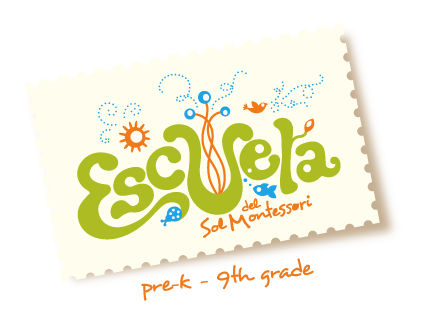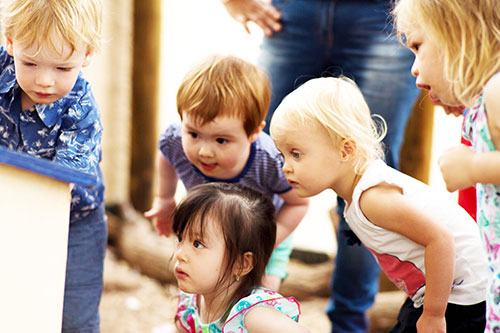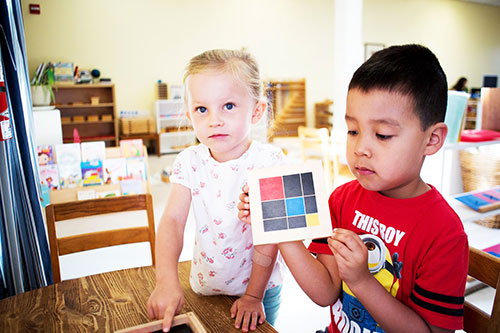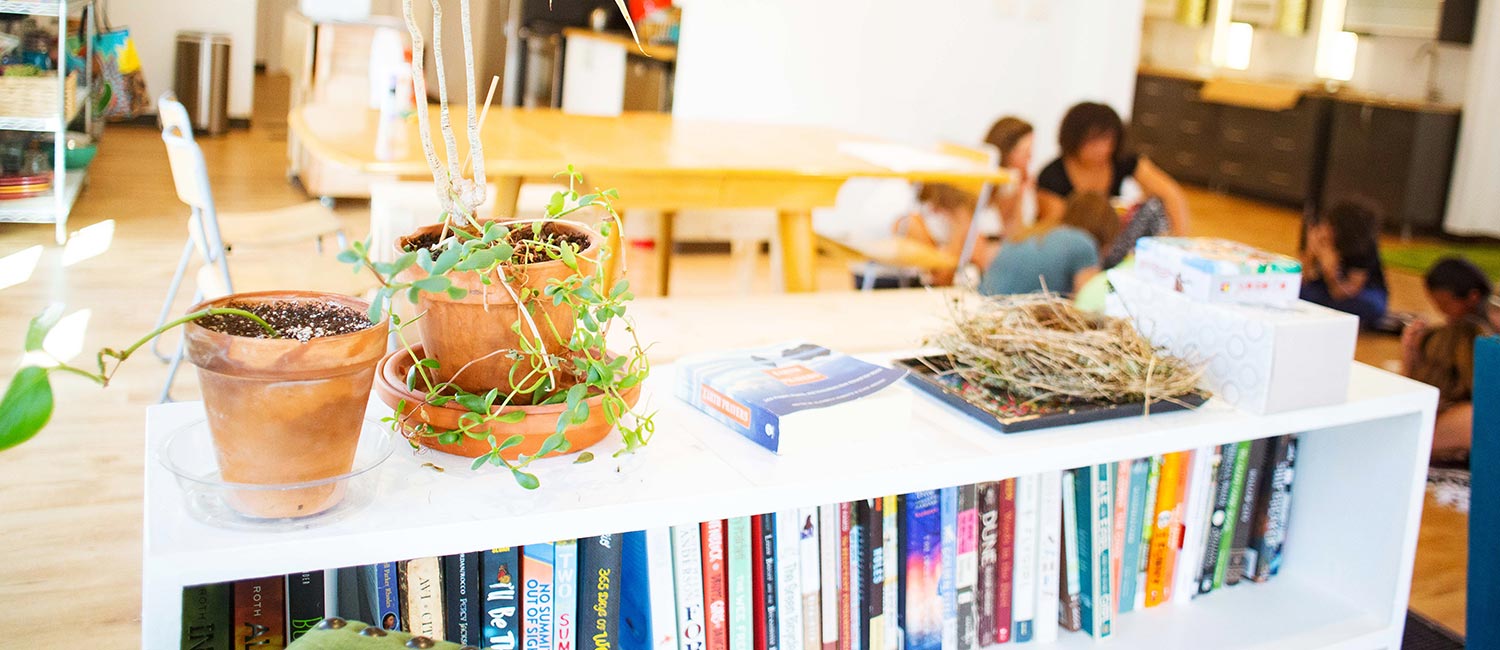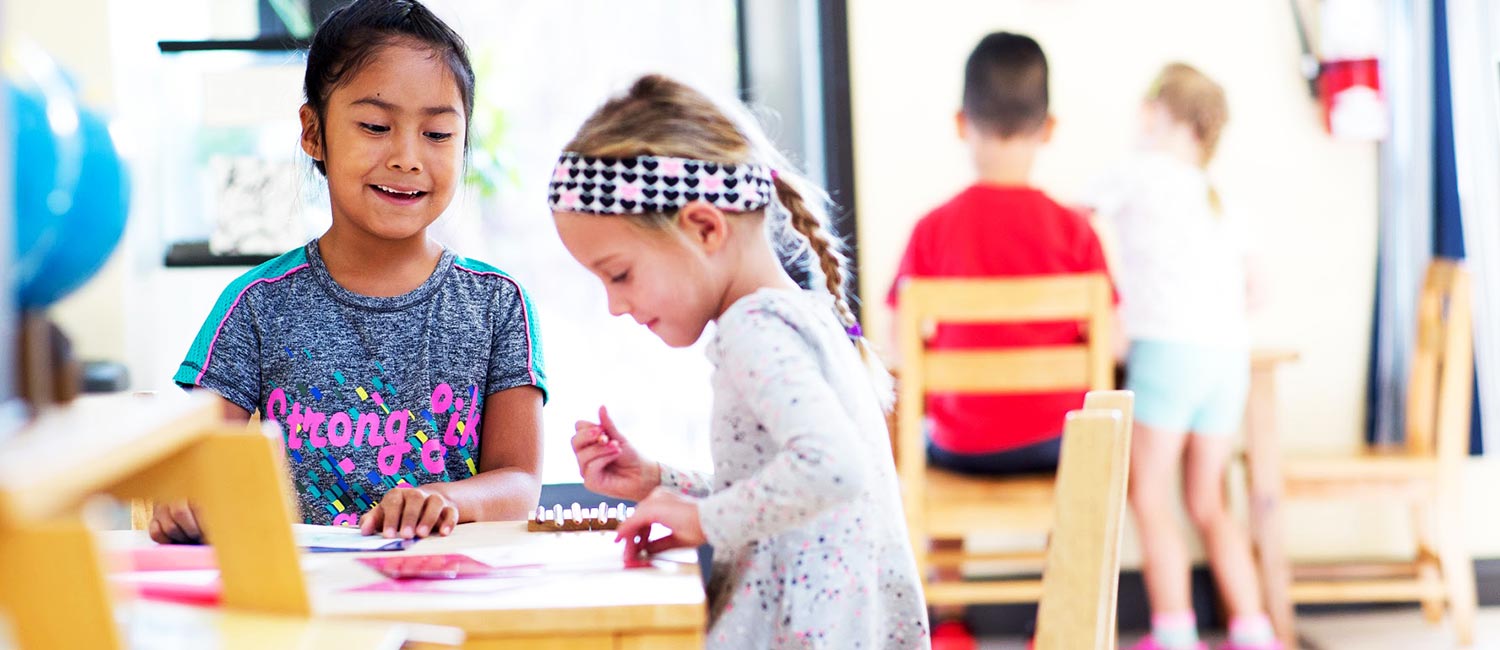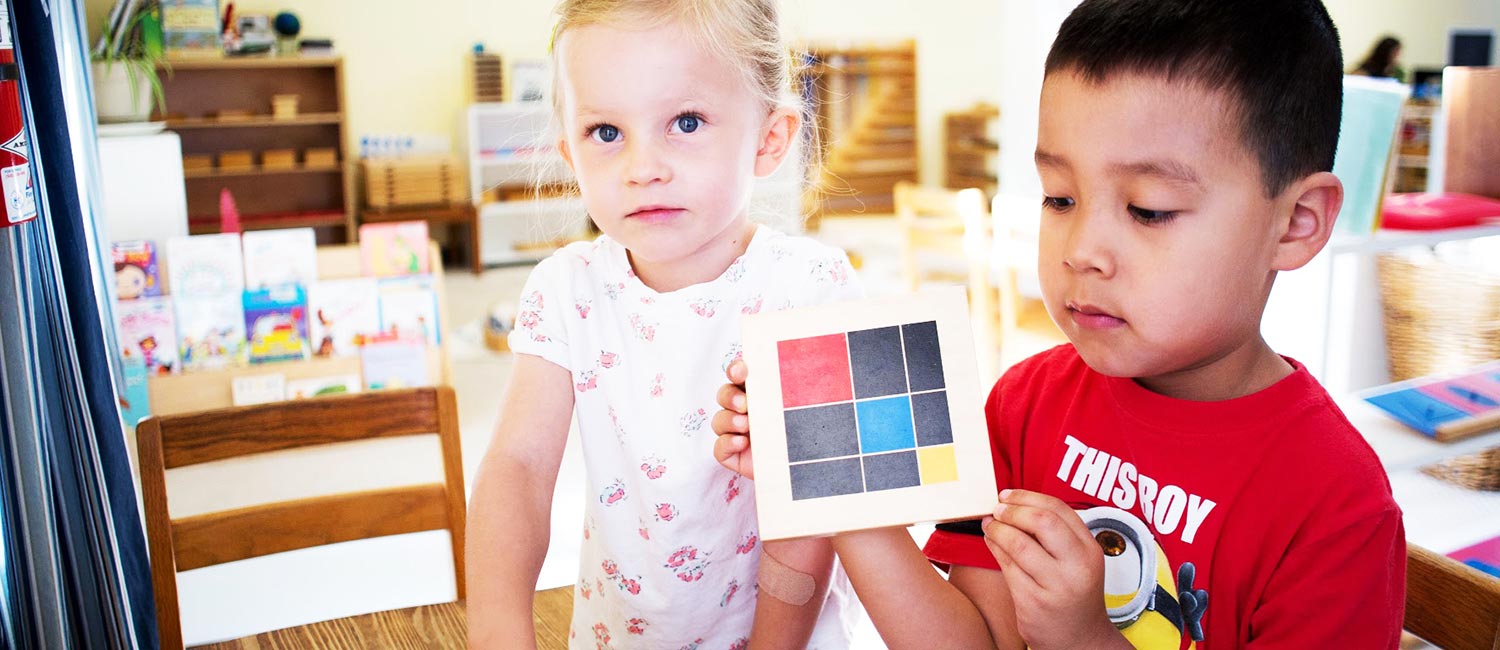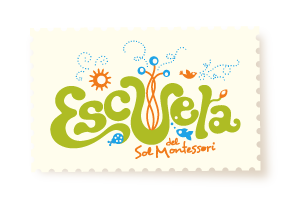Hard work is child’s play

The Incredible Benefits of Montessori
There is a method to our gladness
Our approach is based on the philosophy and methodology developed by Dr. Maria Montessori – Italy’s first female doctor – who confirmed through her research that in a supported setting, children learn best when fueled by their own curiosity and abilities. In contrast to memorize/recall or competitive teaching methods, this positive, active approach develops self-motivation, self-discipline and a true understanding of the abstract concepts that underscore critical thinking throughout life.
Compelling articles on the value of Montessori education to the future of our students and our society:
Montessori programs have brought up some of our world’s most notable names:
- Vice President Kamala Harris attended kindergarten at a Montessori school
- Google founders Sergey Brin and Larry Page
- Jeff Bezos, the financial analyst and founder of Amazon.com
- Wikipedia founder Jimmy Wales
- Chelsea Clinton, former first daughter and activist
- Steph Curry, NBA basketball player
…and some incredible artists:
- Anne Frank, famous diarist from World War II
- Helen Hunt, Academy Award-winning actress
- Joshua Bell, violinist
- Gabriel Garcia Marquez, Nobel Prize winner for Literature
- David Blaine, a magician as well as endurance artist and advocate of “street magic”
- Yo-Yo Ma, cellist
- Julia Child, chef
Other people of interest with a Montessori Connection:
- Alexander Graham Bell (dec.), noted inventor, and his wife Mabel founded the Montessori Education Association in 1913. They also provided financial support directly to Dr. Montessori and helped establish the first Montessori class in Canada and one of the first in the United States.
- Mister Rogers, children’s TV personality, strong supporter of Montessori education.
- Thomas Edison, noted scientist and inventor, helped found a Montessori school.
- Margaret Wilson, President Woodrow Wilson’s daughter, trained as a Montessori teacher. There was a Montessori classroom in the basement of the White House during Wilson’s presidency.
Montessori vs. Conventional Methods
1st – 3rd Grade
Montessori
- Emphasis on free choice, initiative
- Teacher assists and guides
- Learning materials are self-correcting
- Learning materials are hands-on
- Student can go as far as capable
- Moving from independent work to group work
- Emphasis on independence
Conventional
- Emphasis on following directions
- Teacher gives information
- Learning is corrected by teacher
- Learning materials paper and pencil
- Student stays at pace with class
- Moving from group play to group instruction
- Emphasis on compliance
4th – 6th Grade
Montessori
- Emphasis on guided choice, collaboration and initiative
- Teacher gives comprehensive lesson and assigns long projects without grades
- Students keep individual work journals
- Learning materials hands-on and developed for groups
Conventional
- Emphasis on seat work and individual achievement
- Teacher gives daily bits of instruction followed up with homework and grades
- Teachers keep track of progress
- Learning material in workbooks, worksheets, and individual work
7th Grade and Beyond
Montessori
- Emphasis on self-responsibility to manage multiple work projects to completion
- Teacher assists with critiquing and student assessment of work
- Emphasis on continuous improvement
- Student can move beyond grade level individually
Conventional
- Emphasis on completion of classwork and homework assigned by teacher
- Teacher assists with preparation for testing
- Emphasis on grades
- Students grouped by ability

